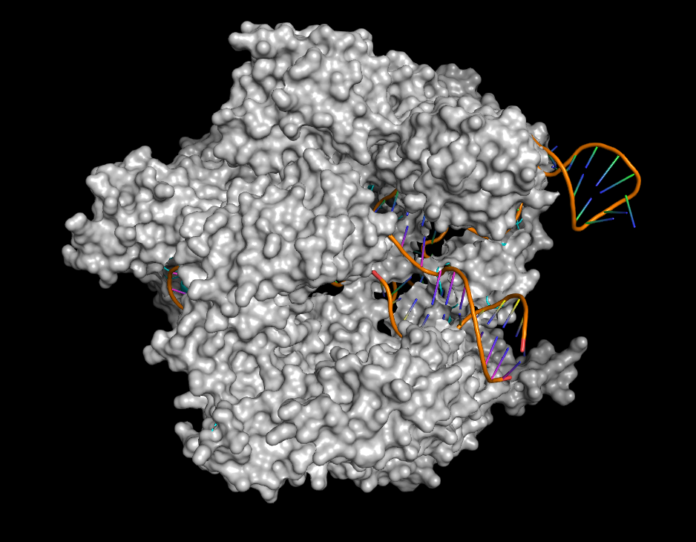Understanding protein activities, finding new medications, and designing new enzymes all depend heavily on the prediction and design of protein structures. The study of proteins has been transformed by recent developments in artificial intelligence (AI), which have made it possible to predict and create protein structures with greater accuracy. The importance of these discoveries on protein research and its future applications are highlighted in this article’s exploration of the most recent developments in AI protein modelling.
Proteins are vital macromolecules that serve a variety of purposes in living things. It is essential to comprehend their three-dimensional structure in order to understand their roles and create treatments. Nuclear magnetic resonance (NMR) spectroscopy and X-ray crystallography are two time- and resource-consuming traditional approaches for determining protein structure. AI-based methods have become effective resources for forecasting and creating protein structures in recent years.
A Game-Changer for Protein Folding Prediction: AlphaFold, the deep learning-based system AlphaFold from DeepMind achieved a major advance in the prediction of protein folding. In order to predict protein structures, AlphaFold used a convolutional neural network (CNN) architecture with a sizable library of protein sequences and structural information. This innovation has advanced the field and has the potential to speed up the search for new drugs and deepen our understanding of how proteins work.
Generative Models for Protein Design: Protein design has been transformed by generative models like variational autoencoders (VAEs) and generative adversarial networks (GANs). These algorithms are able to produce unique protein variants with desired features by training on vast protein sequence and structure databases. This strategy may be used in bioengineering, drug discovery, and enzyme engineering.
Deep Learning Architectures for Prediction of Protein Structure: Recurrent neural networks (RNNs) and CNNs are examples of deep learning architectures that have helped to increase the precision of protein structure predictions. These models are able to predict the structures of proteins and extract complicated properties from their sequences. The performance of the models is further improved by the integration of attention mechanisms with graph neural networks.
Prediction of Protein-Protein Interaction: The prediction of protein-protein interactions, a crucial component of physiological processes, has been made easier by AI approaches. Researchers can discover possible interaction partners and learn more about protein networks by utilizing machine learning methods. Identification of pharmacological targets and the creation of therapeutic treatments are made easier by this information.
Prediction of Protein Function: Based on protein sequence and structural information, AI systems have been used to predict protein activities. To assign functions to unidentified proteins, these models employ machine learning techniques including support vector machines (SVMs) and random forests. This helps to identify prospective drug targets and annotate recently identified proteins.
Integration and accessibility of data: The accessibility and integration of many data sources are essential for the success of AI protein modelling. To train and validate AI models, large-scale protein databases, genomics data, and structural details are used. Understanding protein structure and function on a more in-depth level is made possible by the integration of many data kinds.
Various Obstacles and Future Directions: Although advances in AI protein modelling have been tremendous, difficulties still exist. There is current research in the areas of enhancing the interpretability and explainability of AI models, adding dynamics and flexibility in protein simulations, and tackling data biases. Collaborations involving experimentalists, biochemists, and computational biologists will advance the discipline.
The study and design of proteins have been completely transformed by developments in AI protein modeling. AI models provide effective resources for comprehending the complex workings of proteins, from precise predictions of protein folding to those of protein-protein interactions and function. AI-based protein modeling offers enormous promise for fostering innovation in drug discovery, personalized medicine, and bioengineering with continuous breakthroughs and multidisciplinary partnerships.


